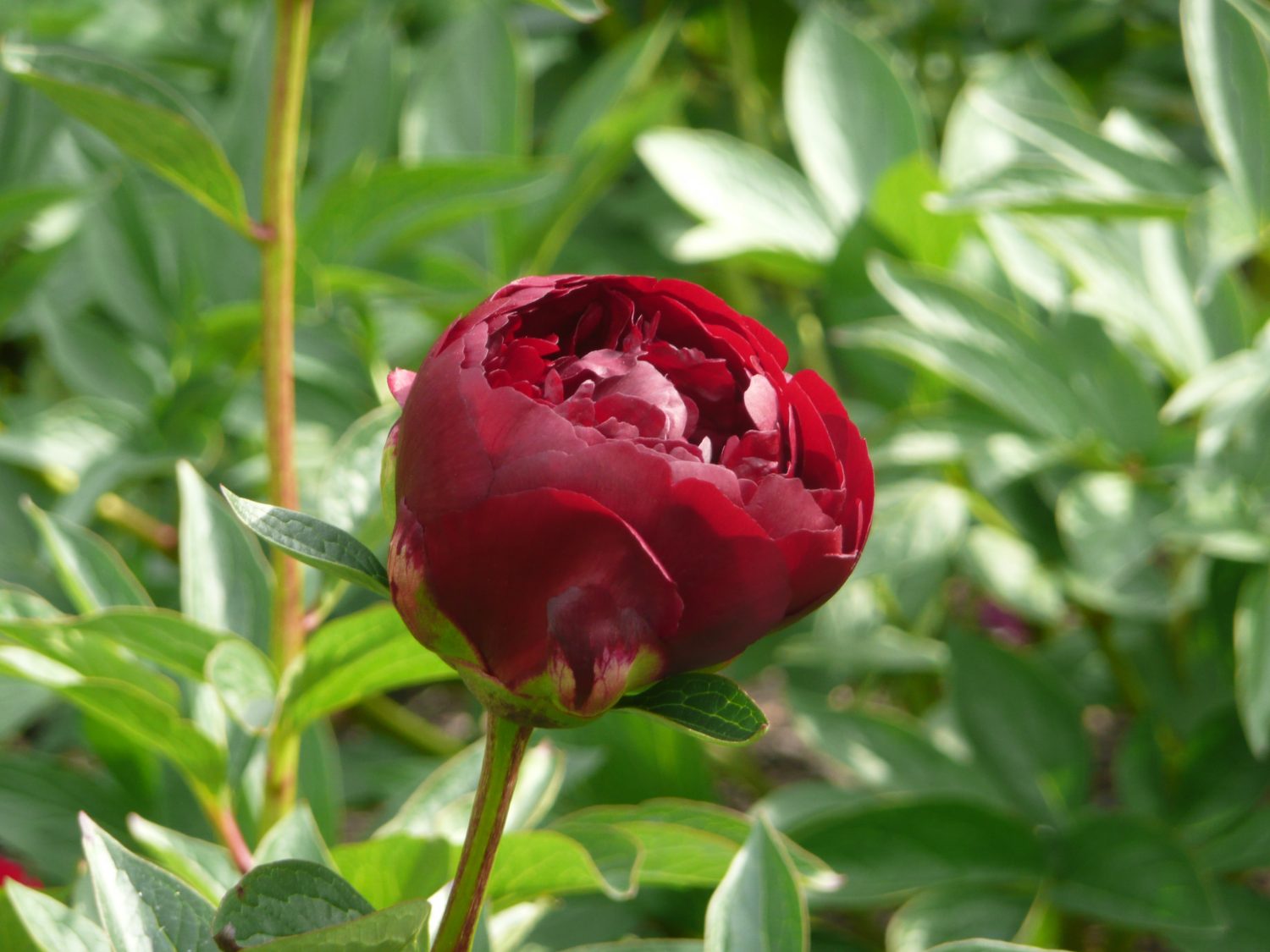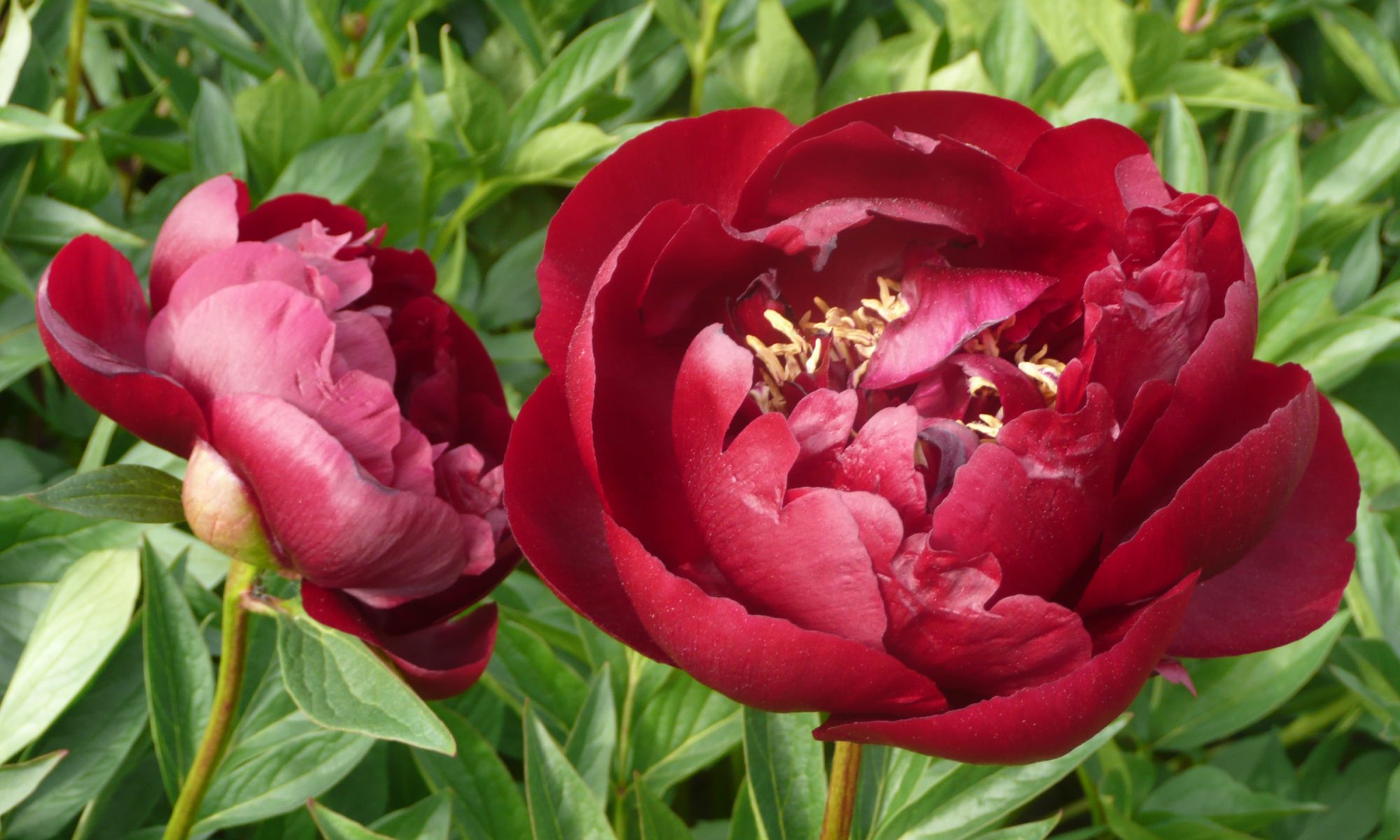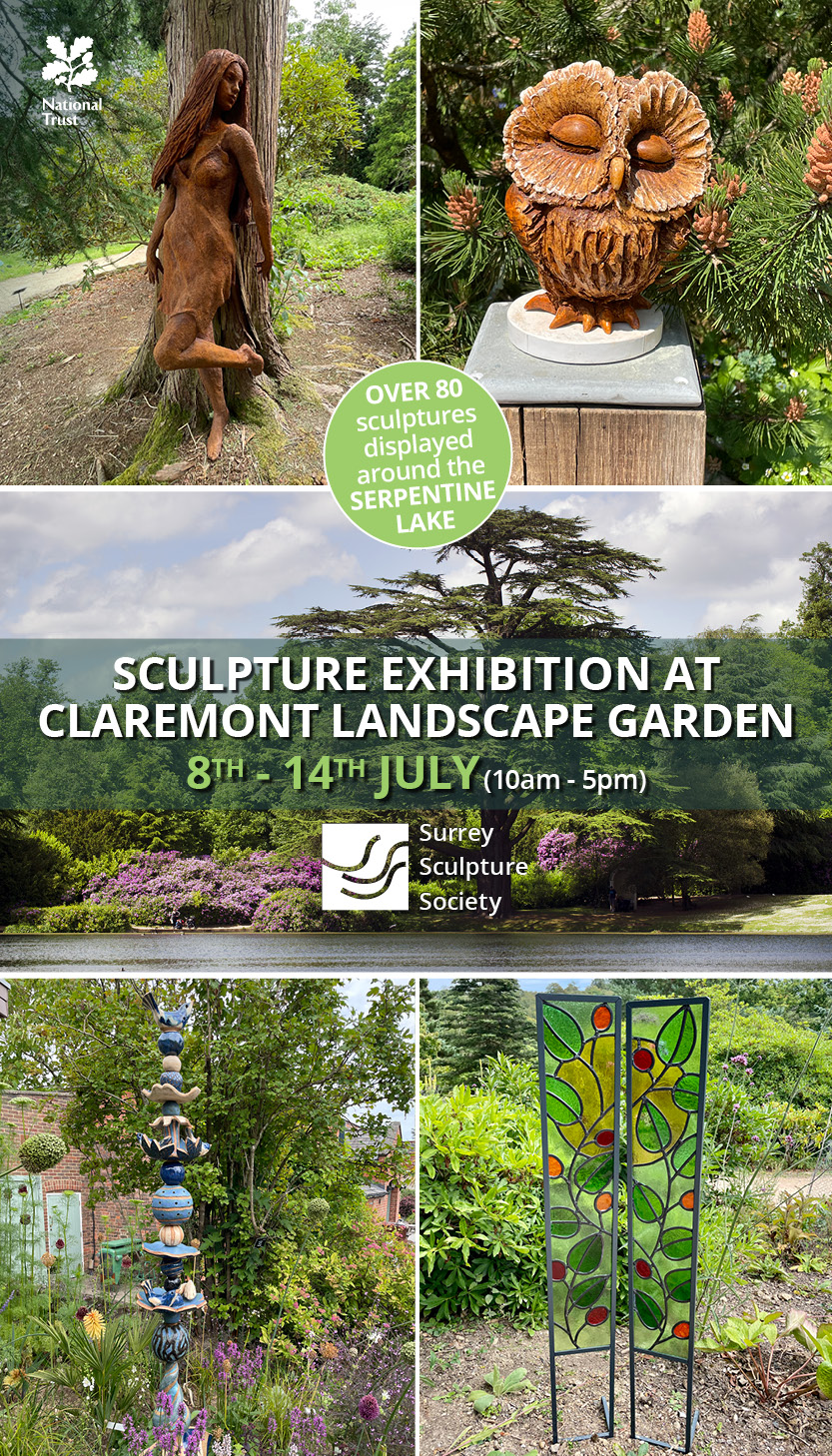As I write, peony time has not quite reached us in Kent and Sussex but seeing Kelway’s award-winning stand at Chelsea and then the peony collection at Kew all in the same week, I was reminded of how beautiful a plant it is and whilst its flowering period is short, it is worth growing for the sumptuous flowers, beautiful foliage and ‘wow’ factor. I’d been reading about the American hybrid, Buckeye Belle, and then there it was in all its glory at Kew. It was certainly the star of last year’s Laurent Perrier garden at the Show and quite exquisite. We saw it in the late afternoon at Kew and its glowing, glossy blood-red petals combined with emerald-green foliage is nothing short of miraculous.
However, it was a brief conversation outside the farm office at Buston Manor after the Gardening for Disabled Trust’s recent Plant Fair that got me thinking about peonies. Part of the Tregothnan Estate, owned by Lord Falmouth and his family, is in Kent and up near their estate at Hunton are field-grown peonies cultivated for the cutting market. The chief grower is Brian Spicer who spent many years working on the Boucher family fruit farm in Sittingbourne and then subsequently as Lord Falmouth’s farm manager. In a beautiful spot a few hundred yards away from the River Medway with their neighbour’s sloping lavender fields as a backdrop, are two acres of peonies. The first corms, seven hundred of them, originating in Holland, were the result of a chance meeting one of Lord Falmouth’s sons had in Ireland. There have been ten harvests of peonies here to date. The corms were planted in rows on ridges as they are on heavy Kentish clay, with more batches being planted in subsequent years. It was interesting to hear that in 2004 the river flooded three times but that was the year that Brian had his best crop! Maintaining these peonies involves spraying off the weeds in February, spraying three times a year for botrytis and adding a slow release fertiliser in late March. The more recently planted corms nearer the river have been netted as the local rabbits repeatedly scratched them up. In the first year, the buds were snipped off but subsequently the plants have produced a profitable crop. It seems that over the years the quantity of good stems has slightly reduced but in the best years nine or ten stems a plant is a good average. Before harvesting, it takes three people, including Brian, a week to go through the plants taking off the side shoots and increasing the strength of the flowering stems and, of course, the flowers themselves. The peonies are cut, put straight into apple bins and taken to a chilling facility in East Peckham just ten minutes away. Four people cut and two carry the flowers to the apple bins. The stems are graded into bunches of five of a similar length and quality and then are taken up to Winchester Growers in Spalding who have the facilities to sleeve, label and distribute the flowers. Considering the percentage of cut flowers that are imported into this country (is it still 90%?), it’s good to hear of plants grown here for both the very local market and for the bigger boys like M&S which is where some of these flowers are destined.
There are several different varieties growing out in the Tregothnan Estate peony garden, including the gorgeous P. ‘Sarah Bernhardt’, P. ‘Charlie’s White’, P. ‘Red Magic’, P. ‘Karl Rosenfield’ and P. ‘Sorbet’. They are all cut at differing times and a lot depends on the vagaries of the weather, of course.
Peonies like a hard winter so this year’s crop should be a good one. P. ‘Charlie’s White’ is the first to be cut. The earliest the cropping has been started is 16th May and last year it was 26th May. This year, of course, after a rather endless winter, things will be different and certainly when I visited in late May the buds were all tightly shut. Brian is experimenting at present with the residue of the charcoal produced on the Tregothnan Estates. Half hundredweight bags of charcoal finings with a hole cut in the bottom have been spread along the lines of plants as they benefit from the properties of potash.
P. ‘Sarah Bernhardt’ is a particularly popular variety with a good scent and a romantic, ‘apple blossom pink’ frothy flower. And P.‘Charlie’s White’ is rather fabulous, and a great favourite with the Americans. It is a vigorous plant, although light cropping, and has dark green leaves. The double white flowers with yellow centres are held on red mottled stems and like P. ‘Sarah Bernhardt’ are fragrant.
Peonies have been cultivated in China for over 4,000 years with specimens exchanging hands during the Tang dynasty for as much as 100 oz of gold.
They didn’t arrive in Europe until the Middle Ages when Benedictine monks grew P. officinalis in their monastery gardens for its medicinal properties. In the early nineteenth century the Chinese species, P. lactiflora, arrived in Europe and by the middle of the century, French plant growers had started to breed and name different forms of P. lactiflora.
There are thirty species of peony and over 5,000 cultivars and hybrids of this spectacular plant. The American Peony Society is currently working on the development of peonies with rose and lemon scents, and rather startlingly, an orange flower. I think that whilst some of the hybrids are beautiful, it is sad that in so many varieties the pollen-bearing stamens and the carpels have now become petals – no good for pollinating insects at all – but they make up for it with their sheer beauty and show-stopping qualities.
And whilst the Ancient Greeks believed that the peony could be used to cure at least twenty ailments, parts of the peony are still very much used in Traditional Chinese medicine with plants being grown specifically for this purpose. The roots of the herbaceous peony are harvested for Chi Shao Yao which cools the blood and relieves pain and the roots with their bark removed are harvested to make a remedy called Bai Shao Yao to nourish the blood.
The longest peony border in the country measuring in at 100 yards is at Penshurst Place in Kent. The border was planted in the 1980s in what had been a vegetable plot and was started from a collection of four different varieties of peony bought at Chelsea. These are P. Monsieur Jules Elie, P. Sarah Bernhardt, P. Lady Alexandra Duff and P. Albert Crousse. Make the pilgrimage to see this spectacular and romantic display if you can and a late afternoon visit will give you the chance to enjoy their ‘alluring’ scent.
TEST
- words: Sue Whigham
You may also like
Go with the Flow
Sue Whigham shares some valuable new-to-gardening advice I’m sure that by now we should be used to the rain but I’m not entirely sure that we are. We had a dry, sunny day the other day and how everybody’s mood...
Farm Fables
Jane Howard gets to the bottom of why so many ponds have disappeared across the High Weald I have a new passion, almost an obsession, it’s about ponds. And there’s a distinct possibility I might become a bit of a...
Hedge Issues
Sue Whigham takes a meander along nature’s verdant and vital corridors Recently the BBC’s Today programme carried a feature about England’s hedgerows which created a lot of interest among listeners. On the strength of that, Martha Kearney interviewed one of...

















